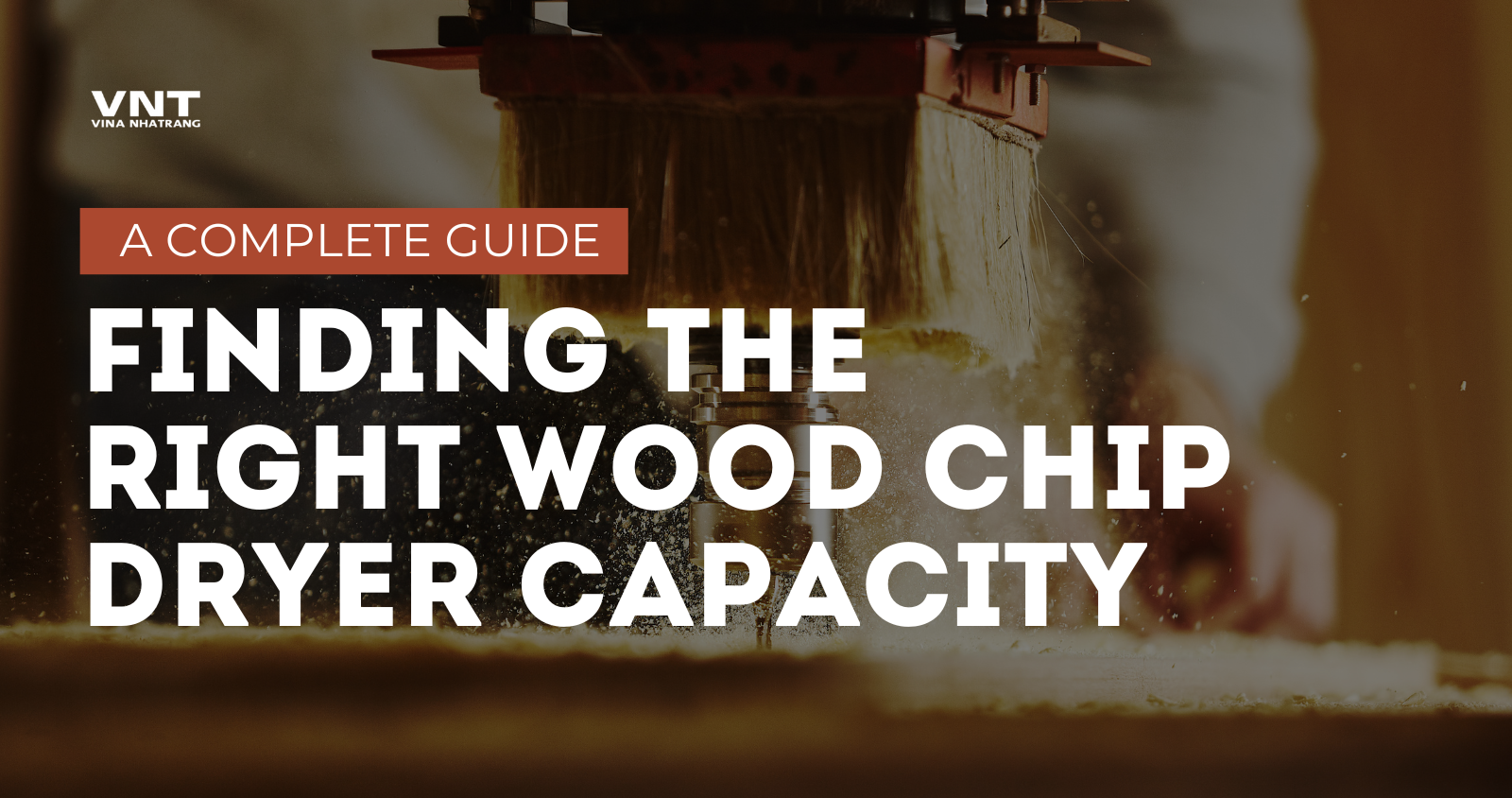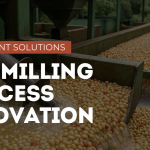Let’s face it – nobody wants to waste money on industrial equipment that’s either too big or too small for their needs. When it comes to industrial wood chip dryer capacity, finding that sweet spot is crucial for maximizing efficiency and profitability. Whether you’re running a small biomass operation or managing a large-scale pellet production facility, the right dryer capacity can make or break your bottom line. In this guide, we’ll walk through everything you need to know about sizing your wood chip dryer correctly – from understanding throughput calculations to avoiding the most common sizing mistakes that can cost you thousands.
Understanding Industrial Wood Chip Dryer Capacity
Before diving into specific numbers, it’s important to understand what we mean by “capacity.” The industrial wood chip dryer capacity refers to the amount of wood material that can be processed within a specific timeframe, typically measured in tons per hour (TPH). However, this seemingly simple metric depends on several factors:
- Initial moisture content of your wood chips
- Target final moisture content
- Type of wood being processed
- Dryer technology and efficiency
- Available heat source
- Seasonal variations in material
According to recent industry data, properly sized dryers operate 15-30% more efficiently than oversized or undersized units. That’s significant when you consider that drying typically accounts for 30-40% of the total energy consumption in wood processing operations.
How to Calculate Your Required Dryer Capacity
Determining the right industrial wood chip dryer capacity starts with some basic calculations. Here’s a straightforward approach:
- Establish your production goals: How many tons of dried material do you need per hour, day, or week?
- Measure your moisture content: Typical green wood chips contain 45-55% moisture, while most applications require final moisture content of 10-15%.
- Factor in material variations: Hardwoods and softwoods behave differently in dryers, with hardwoods typically requiring 10-15% more drying time.
- Consider seasonal fluctuations: Many operations see a 20-25% variation in required capacity between summer and winter months.
For example, if your operation needs to produce 5 tons of dried chips per hour at 12% moisture content from raw material at 50% moisture content, your dryer needs to handle approximately 8-9 tons of wet material input per hour.
Common FAQs About Wood Chip Dryer Capacity
What happens if I choose a dryer that’s too large?
Oversized dryers lead to unnecessary capital expenditure and inefficient operation. They typically run at partial loads, consuming nearly as much energy as they would at full capacity while producing less output. This results in higher operating costs per ton of material processed. Industry data suggests that dryers operating below 70% of their designed capacity can waste up to 25% of energy input.
What if my dryer is too small?
Undersized dryers create production bottlenecks, forcing you to either limit your output or run equipment beyond recommended specifications. This often leads to premature equipment failure, inconsistent product quality, and missed production targets. Many operators report that undersized dryers lead to throughput reductions of 30-40% during peak demand periods.
How do I account for future growth?
The most successful operations typically choose dryers with 15-20% more capacity than their current needs while ensuring the equipment can run efficiently at lower capacities during standard operation. Modern modular designs also allow for eventual expansion without the need for complete system replacement.
Does dryer type affect capacity requirements?
Absolutely! Different dryer technologies have varying efficiency levels:
- Rotary drum dryers typically process 5-15 tons per hour for medium-sized operations
- Belt dryers often handle 2-8 tons per hour with greater energy efficiency
- Flash dryers can process 10-30 tons per hour but may require more consistent input material
Recent advancements in dryer technology have improved efficiency by approximately 15-20% over systems manufactured just a decade ago.
Key Factors That Impact Required Capacity
Material Characteristics
The density, size, and composition of your wood chips significantly impact drying requirements. Uniform, properly sized chips (typically 1-2 inches) dry more efficiently than inconsistent material. Operations that implement proper screening and sizing before drying report capacity improvements of 10-15%.
Energy Source Availability
Your available heat source – whether natural gas, biomass, or other fuel – influences your optimal dryer size. Biomass-heated systems often require 5-10% larger thermal capacity to account for variations in fuel quality and heating value.
Operational Schedule
Are you running 24/7 or single-shift operations? Continuous operations can often utilize smaller dryers running consistently, while batch processing may require larger capacity to handle production surges.
Climate and Seasonal Factors
Facilities in humid climates typically need 10-15% more drying capacity than those in arid regions. Similarly, winter operations may require up to 25% more capacity than summer processing of the same material.
Real-World Capacity Optimization Success Stories
A pellet manufacturer in the Pacific Northwest recently rightsized their drying operation, replacing three undersized units with a single properly sized dryer. The result? A 32% reduction in energy costs per ton and a 45% increase in throughput during peak demand periods.
Similarly, a biomass energy producer in the Southeastern United States implemented a modular drying system that could scale from 60% to 120% of their average capacity needs. This flexibility allowed them to match seasonal demand fluctuations while maintaining optimal energy efficiency year-round.
Conclusion
Finding the right industrial wood chip dryer capacity isn’t just about buying the biggest system you can afford – it’s about smart sizing based on your specific operational needs. The perfect capacity balances current requirements, future growth potential, and energy efficiency considerations.
Remember that proper sizing could mean the difference between profitable operation and constant struggles with production bottlenecks or excessive energy costs. By carefully analyzing your material characteristics, production goals, and operational patterns, you can determine the optimal dryer capacity that will serve your business for years to come.
Whether you’re upgrading an existing system or planning a new installation, take the time to run the numbers and consult with experienced engineers who understand the unique challenges of wood chip drying. The investment in proper sizing will pay dividends through improved efficiency, consistent product quality, and lower operating costs.




